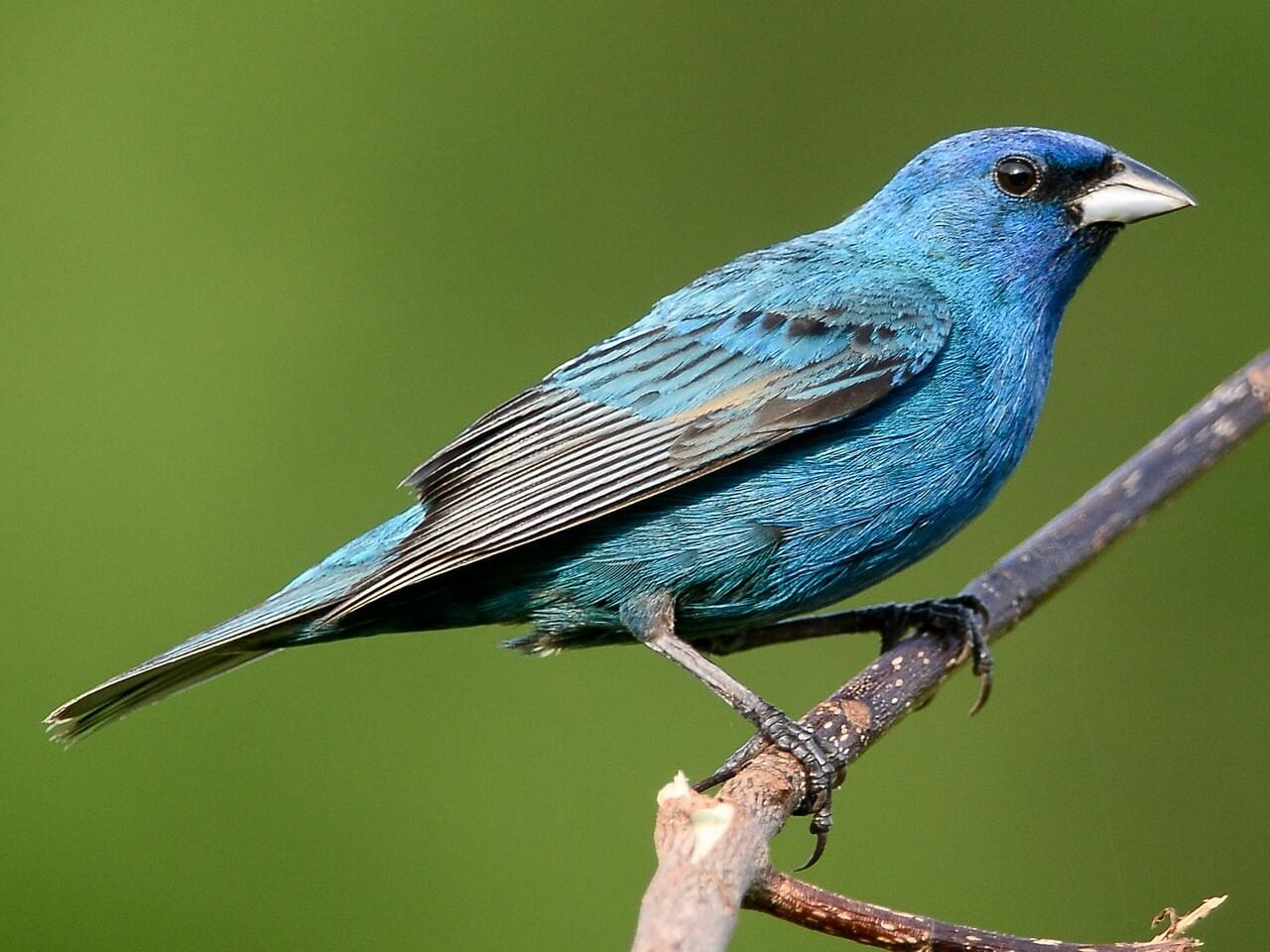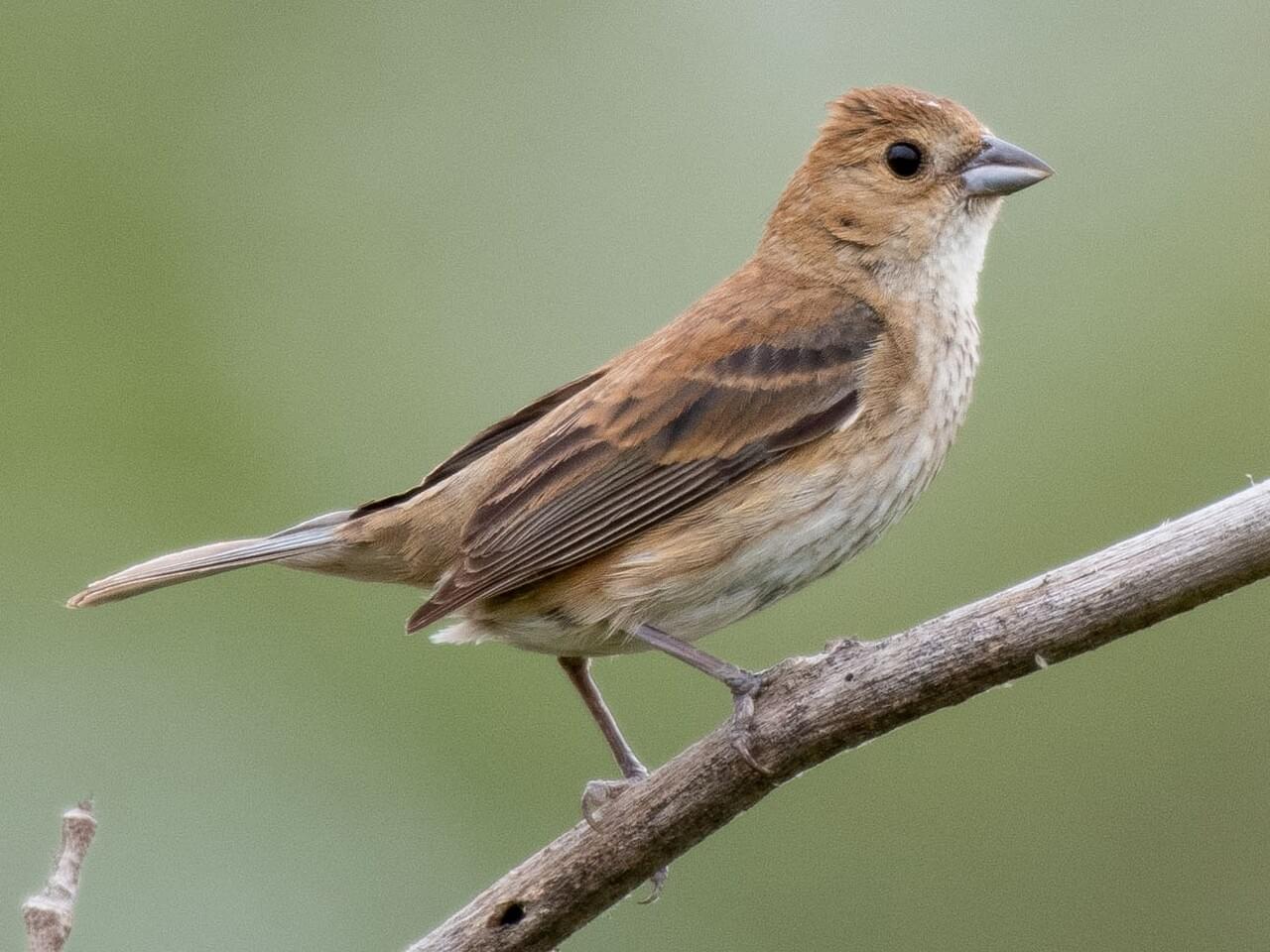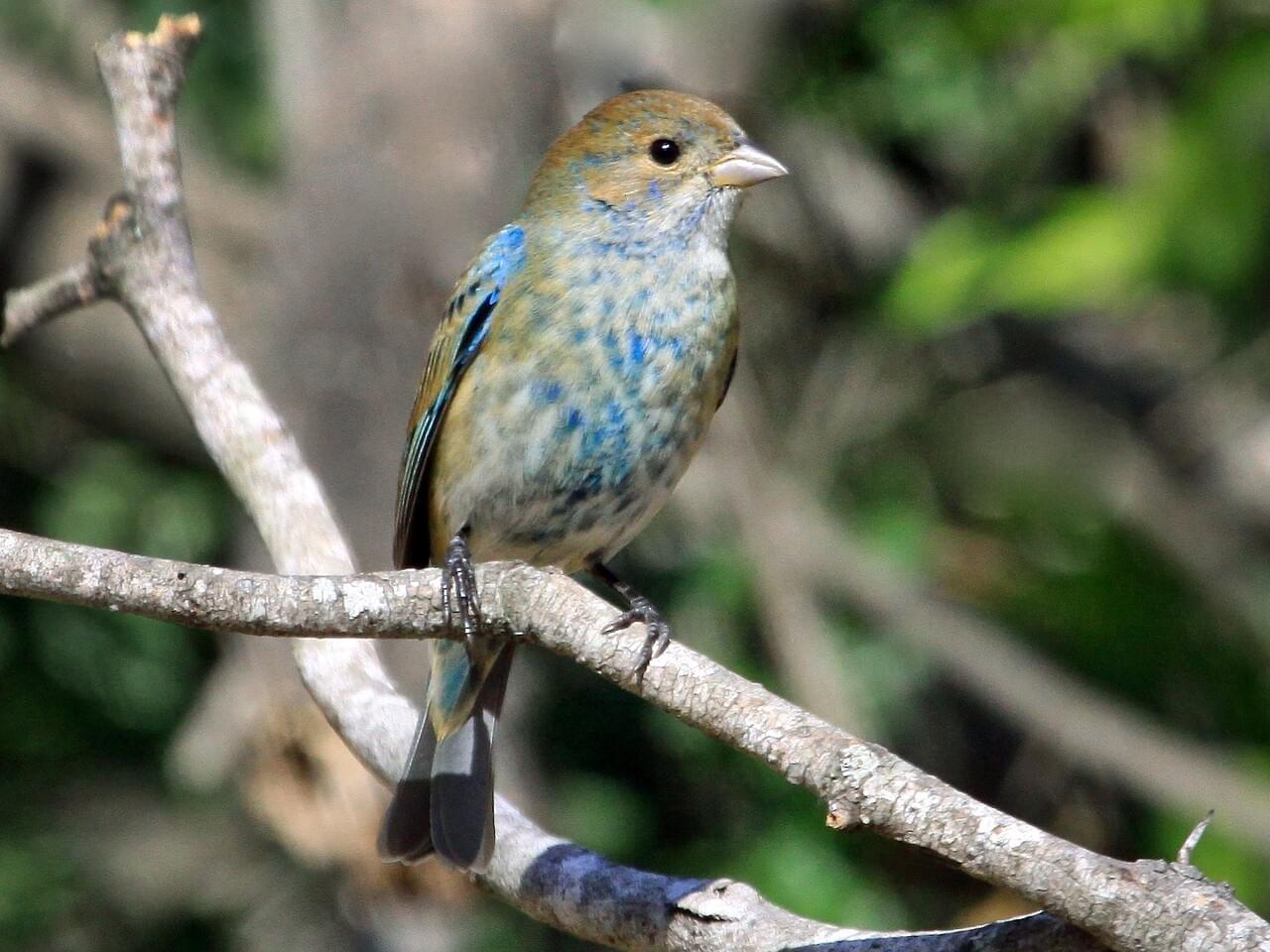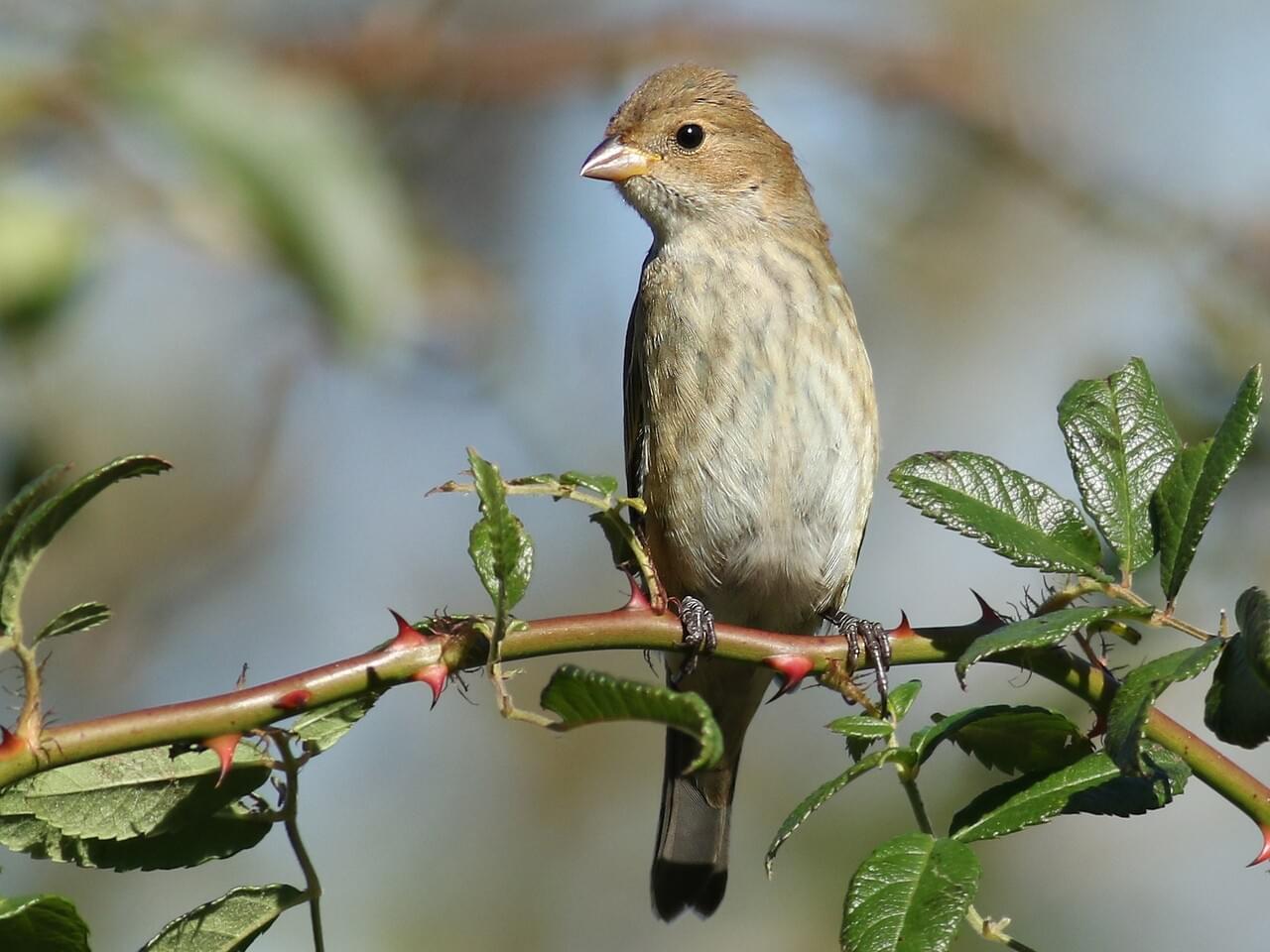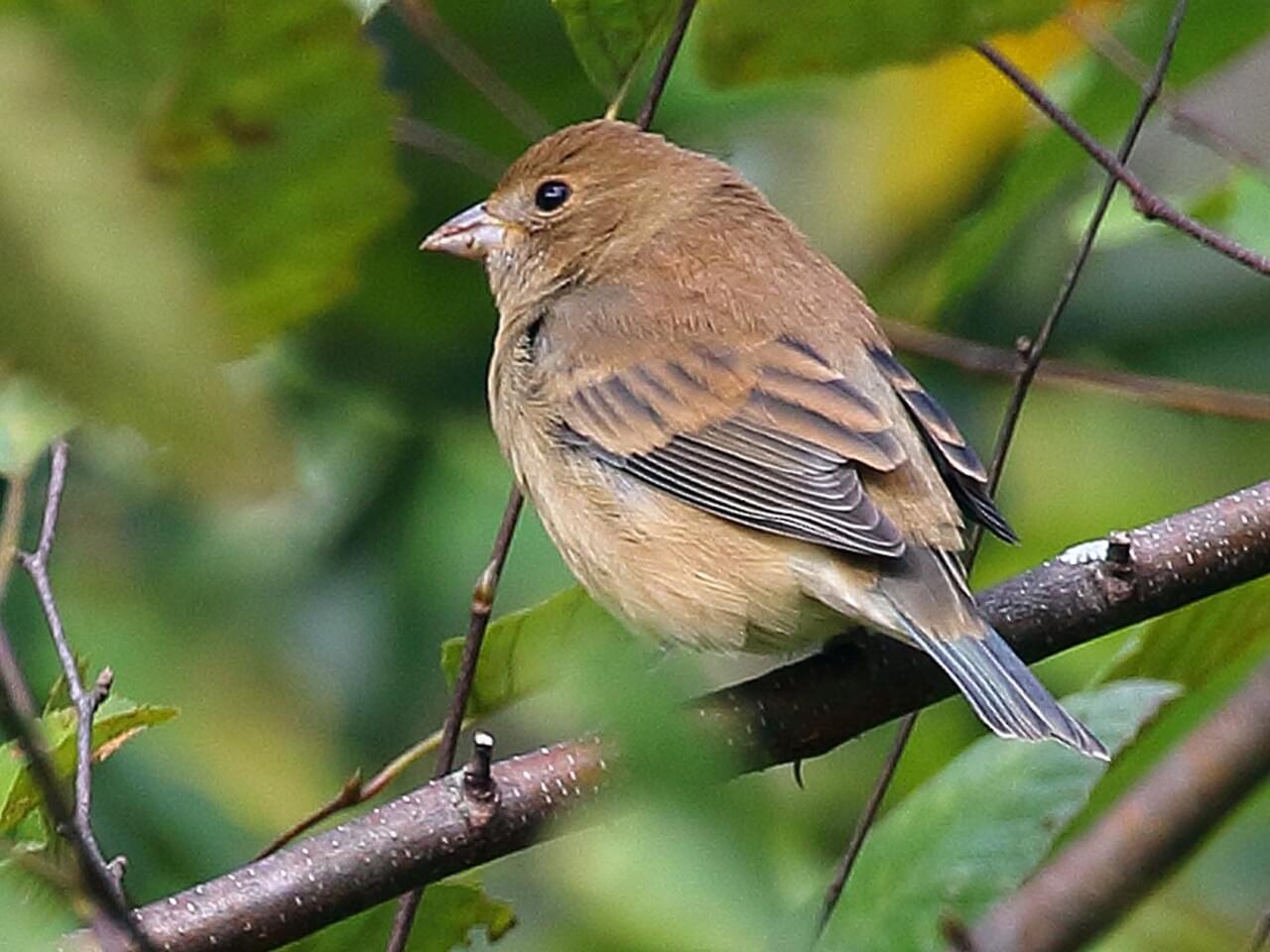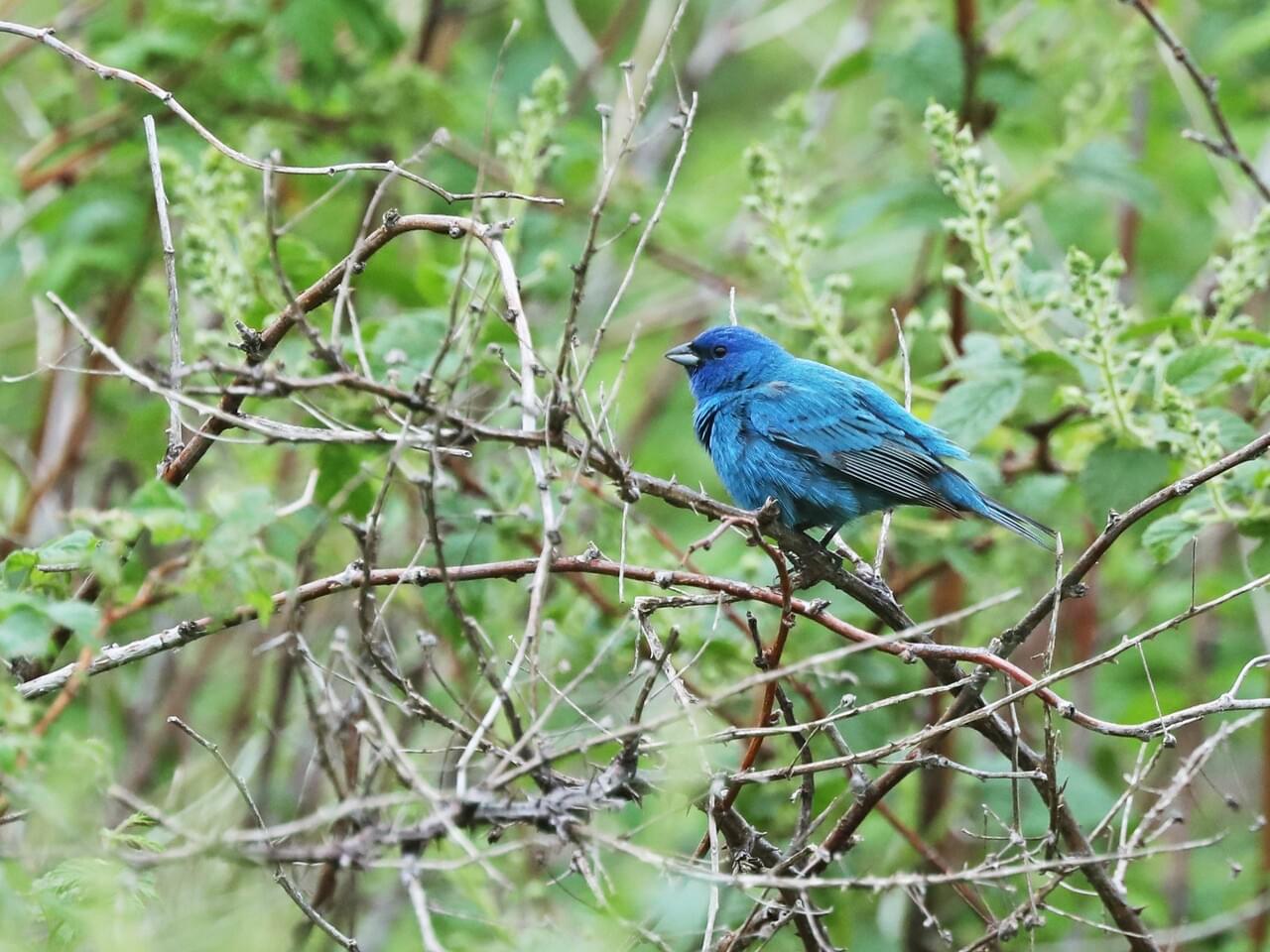Indigo Bunting
Indigo Bunting
(Passerina cyanea )

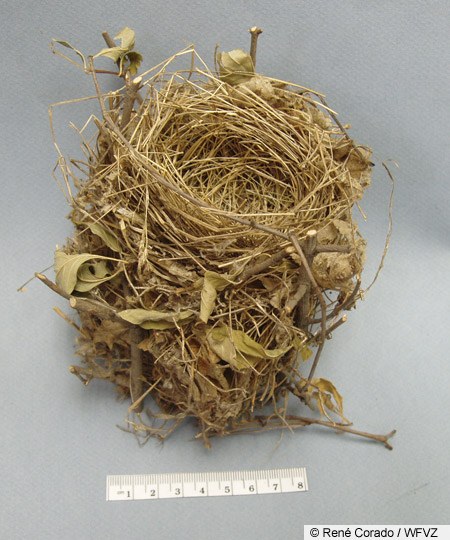
Indigo Bunting nest
Photo © René Corado
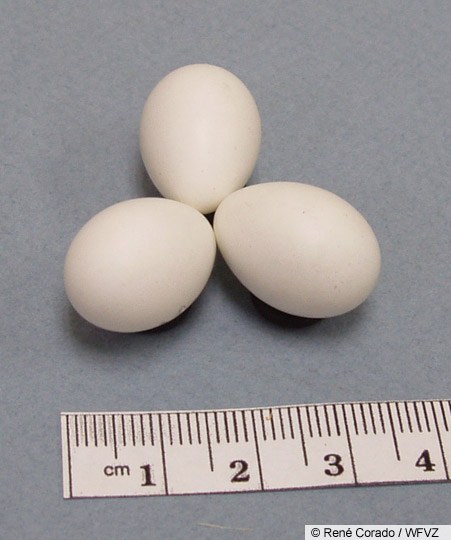
Indigo Bunting eggs
Photo © René Corado
Song
© Wil Hershberger / Macaulay Library
Song
© Doug Hitchcox / Macaulay Library
Song
© Robert Bethel / Macaulay Library
Flight song
© Wil Hershberger / Macaulay Library
Calls
© Jay McGowan / Macaulay Library
Tink calls
© Bruce A. Sorrie / Macaulay Library
Flight calls
© Jay McGowan / Macaulay Library
Where To Find It

Source: Birds of the World
Habitats
Substrates
What You'll Find
Nest Type
Chick
Clutch Size
3
4
Nest Height
3 ft
0 ft
Nesting Statistics
Incubation Period
11-14
days
days
Brooding Period
8-14
days
days
Useful Hints
- The female Indigo Bunting builds the nest alone—a process that takes up to 8 days early in the season and as little as 2 days later in the summer.
- She locates the nest in a crotch or fork where branches meet, amid a supporting network of vertical and diagonal twigs.
- The nest cup is about 1.5 inches deep inside, with an outside diameter of 3 inches and an inside diameter of 2 inches.

